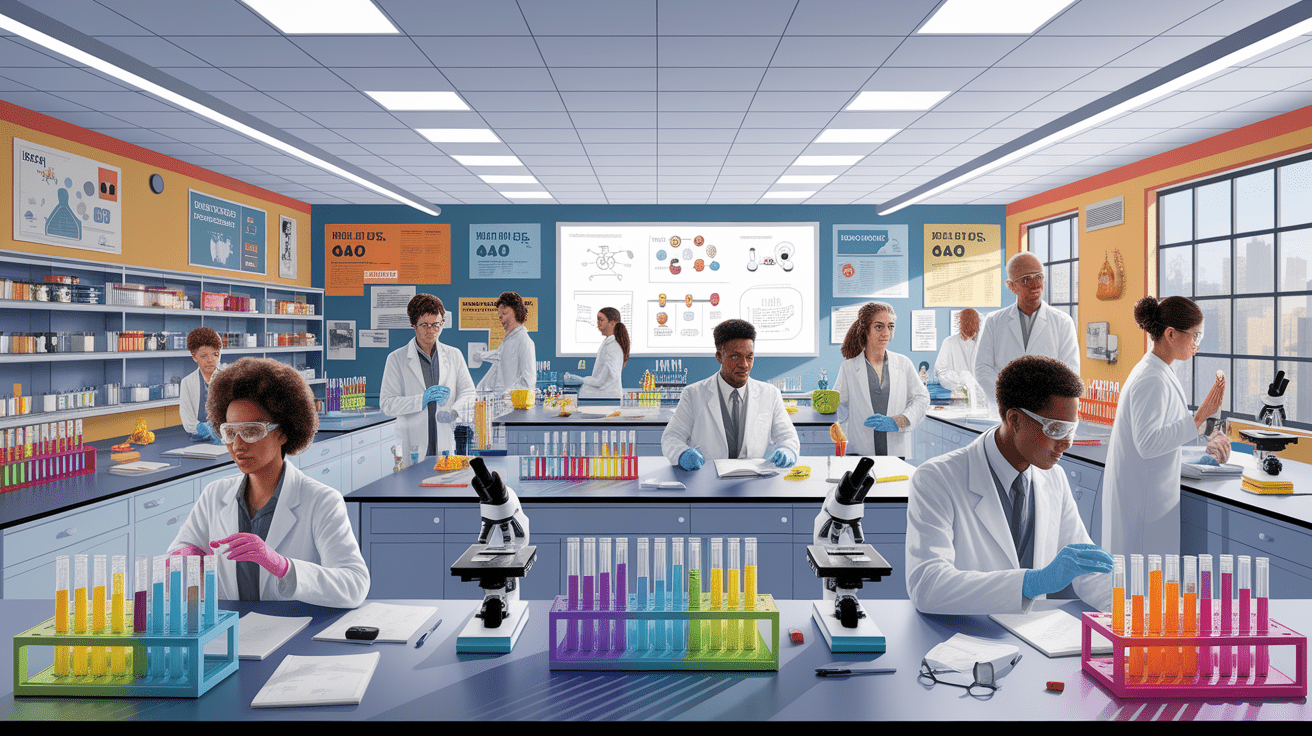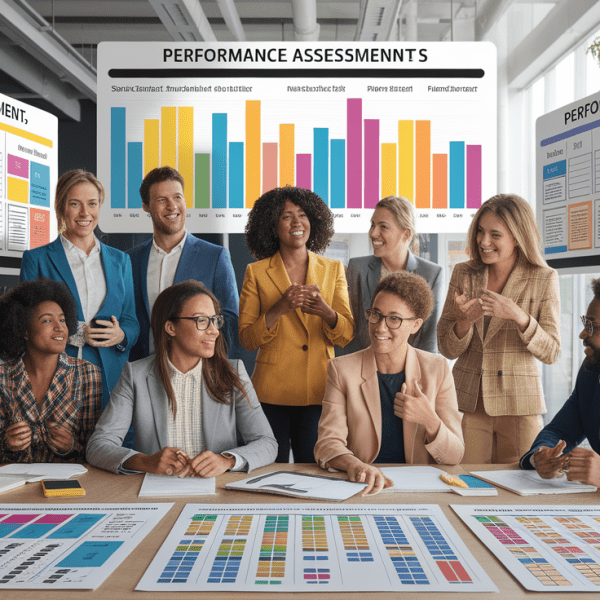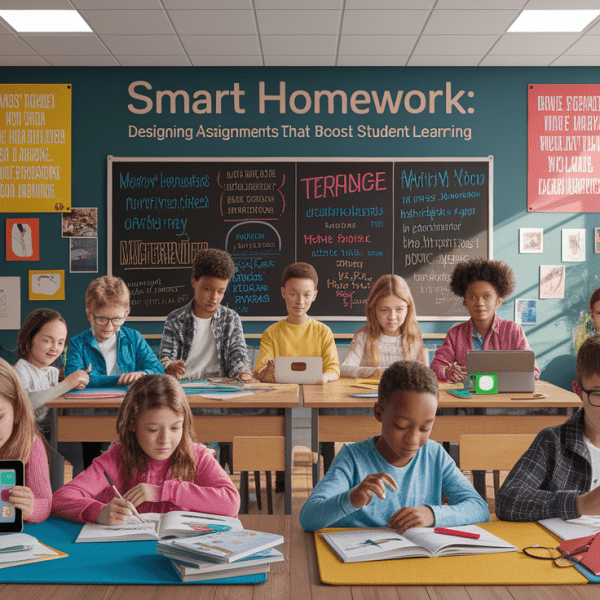Lab Welcomes All
Imagine walking into a science lab where you feel instantly at home—no matter your background, abilities, or experiences. That’s the magic of a truly safe and inclusive laboratory. In these spaces, everyone can engage in discovery without barriers holding them back. Safe labs don’t just protect people from hazards; they actively create room for every curious mind to thrive. Drawing from accessibility checklists and inclusive design principles, we can make sure our science spaces support not only physical safety, but also educational equity for all.
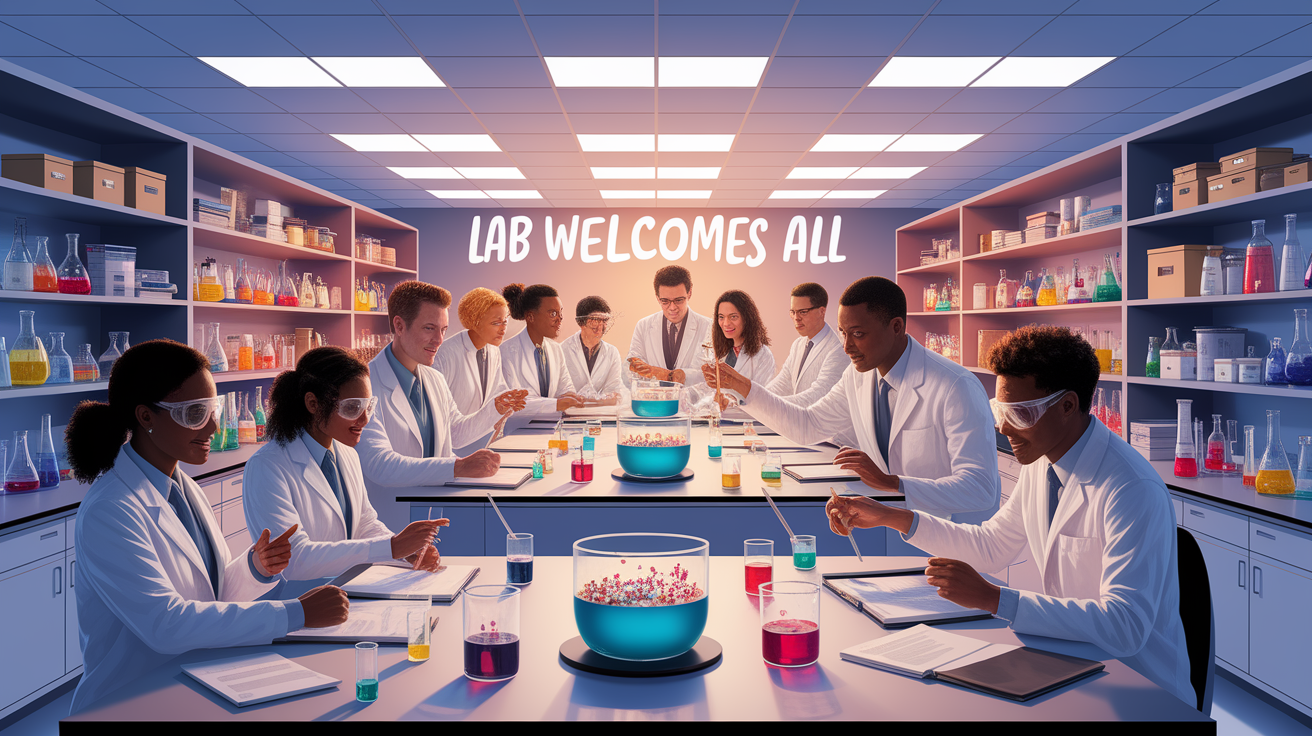
Building a Safety Foundation
Safety is the backbone of scientific exploration. From chemical safety to biological safety, students and researchers must be shielded from hazards with robust safety protocols. This means clear safety signage, accessible safety data sheets, adequate laboratory ventilation, and well-placed emergency equipment. Everyone should feel confident with emergency procedures—from using eyewash stations to operating fire extinguishers. And remember: safety culture grows stronger when it’s inclusive, so ensure accessibility compliance for all users, whether that means adjustable workstations or barrier-free pathways.

- Hazard identification and risk assessment for diverse user needs
- Accessible personal protective equipment (PPE) options
- Emergency exits and equipment reachable for all abilities
Fostering an Inclusive Culture
An inclusive culture is about more than ramps and safety rails—it’s about the people and how they interact. We must cultivate empathy alongside scientific rigor. This includes recognizing varied learning styles, embracing neurodiversity support, and removing both physical and social barriers. According to lab design experts, going beyond ADA standards helps accommodate visible and non-visible disabilities, making labs truly welcoming.
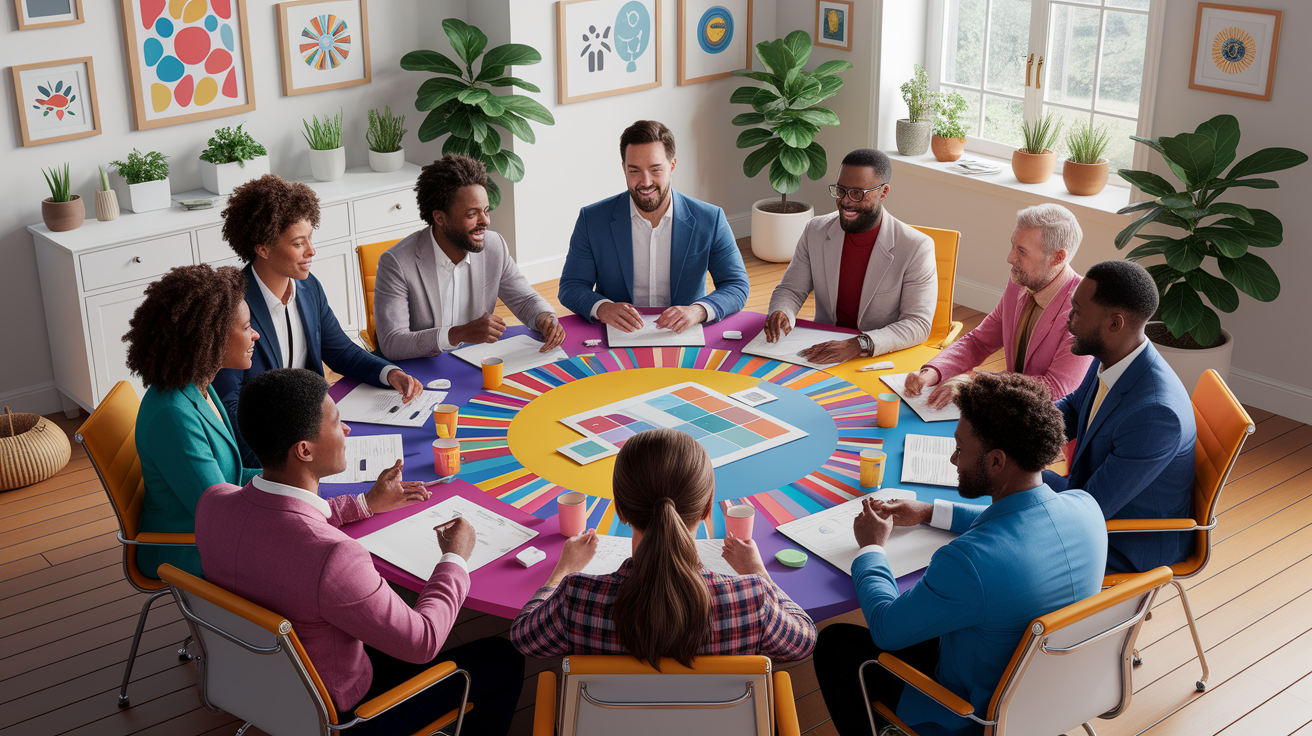
Cultural sensitivity, gender equality, LGBTQ+ inclusion, and socioeconomic diversity initiatives all play a role. When students feel valued, they’re more likely to speak up about accessibility issues before they become safety risks.
Training and Education for All
Inclusive safety training means engaging everyone—regardless of prior experience or ability—in understanding laboratory best practices. Flexible teaching methods such as visual demonstrations, step-by-step guides, and assistive technology can make safety training more accessible. Guidance from inclusion resources emphasizes structured flexibility so learners can absorb essential knowledge at their own pace.

- Offer training in multiple languages and formats
- Conduct regular refresher workshops accommodating different learning needs
- Include scenario-based emergency response exercises
Policies and Standards that Guard and Guide
Policies give structure to our intentions. By embedding inclusive education and accessibility compliance into laboratory management rules, we ensure all safety measures protect everyone equally. Institutional standards should integrate universal design concepts right from the start, as recommended in the accessible labs guide.
Effective policies balance hazard control with enabling full participation. This includes guidelines for accommodating disability-related needs without compromising chemical safety, biological safety, or physical safety protocols.
Designing Accessible Lab Spaces
Design matters—a lot. Universal design transforms a lab into a space where no one has to ask, “Can I use that workstation?” Adjustable benches, unobstructed aisles, and tactile or multi-modal labeling are practical ways to make science for everyone. The accessible lab checklist highlights these elements, reminding us to also create quiet zones for reduced sensory distraction.
- Minimum aisle widths for wheelchair or mobility device access
- Accessible emergency showers and eyewash stations
- Workstations accommodating left- and right-handed use
Maintaining Continuous Improvement
Building an inclusive lab isn’t “set it and forget it”—it’s an ongoing journey. Regular feedback loops with lab users and periodic safety audits help identify emerging barriers. Ongoing initiatives like DEI-focused lab programs show that tackling cultural and structural challenges requires persistence and adaptability.
Continuous improvement keeps inclusivity fresh, responsive, and effective, ensuring we address the needs of tomorrow as well as today.
The Future of Inclusive Labs
The future of science isn’t just bright—it’s welcoming. By embedding safety protocols and universal design into the heart of STEM education, we can foster lab environments where everyone can explore, innovate, and contribute confidently. Accessible science lab design for students with disabilities, safe workflows for diverse populations, and cultural inclusivity are no longer “nice to have”—they’re essential. From adjustable equipment to open conversations about accessibility, we are building not only safer labs, but richer, more diverse communities of scientists who will lead the discoveries of tomorrow.

